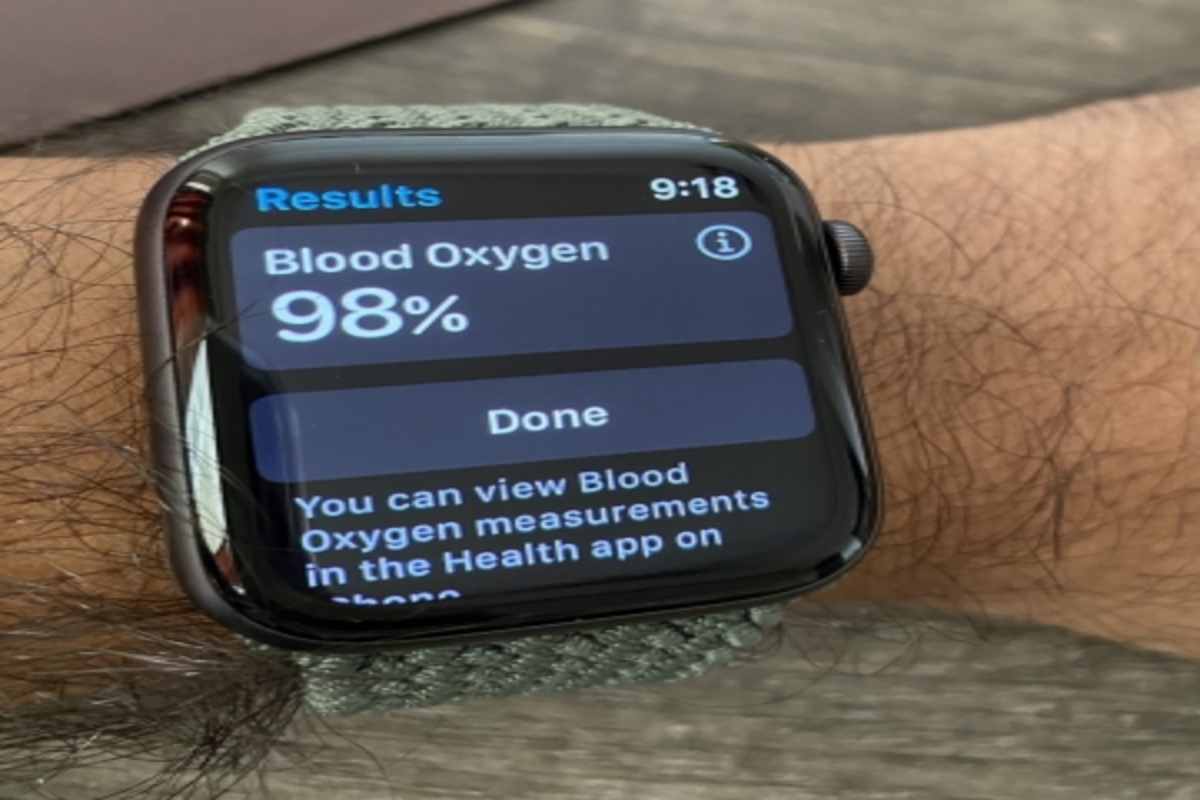Imagine Tresor strengthens Apple retail presence
Imagine Tresor has launched its biggest Apple Premium Partner Store at South City Mall, Kolkata.
The Apple Watch has a tendency of higher SpO2 values than commercial oximeters

A new study has revealed that Apple Watch Series 6 “is a reliable way to obtain heart rate and oxygen saturation (SpO2) in patients with lung diseases under controlled conditions”.
The study, published in the journal Scientific Report, observed “strong positive correlations between the Apple Watch device and commercial oximeter”, reports 9To5Mac.
Advertisement
It notes that “there was no statistical difference in the evaluation of skin colour, wrist circumference, presence of wrist hair, and enamel nail for SpO2 and heart rate measurements in Apple Watch or commercial oximeter devices”.
Advertisement
The study, from the University of Sao Paulo, was conducted with 100 patients with chronic obstructive pulmonary disease and interstitial lung disease from an outpatient pneumology clinic.
It collected SpO2 and heart rate data with Apple Watch Series 6 and compared them to two commercial pulse oximeters.
The tests were conducted with healthy individuals, people with Interstitial lung disease (ILD) and with chronic obstructive pulmonary disease (COPD).
They observed that strong positive correlations between the Apple Watch Series 6 device and commercial oximeters when evaluating heart rate measurements and oximetry measurements.
The Apple Watch has a tendency of higher SpO2 values than commercial oximeters, however, heart rate measurements were similar in both devices.
In the different groups, ILD, COPD and healthy individuals, the study didn’t observe significant differences between the Apple Watch and commercial oximeter devices for both parameters, SpO2 and heart rate.
Overall, the study said that “despite a tendency to present higher values when compared to conventional oximetry devices, the Apple Watch device was accurate and similar” although it’s important to note that results were made “under controlled conditions”.
Advertisement